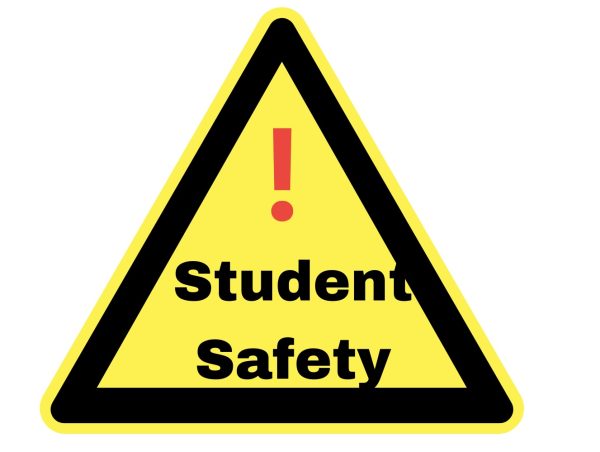Benched
Why the new attendance policy will cause more harm than good
Spending a game on the bench will become a more common occurrence for student athletes under the district’s new policy
In the busy daily life of a high school student, for some after school activities are a constant. Everyday, when the bell rings at 3:05 pm students file out of class and into locker rooms to prepare for their activity of choice. Some will go to football practice, others drama rehersal, but they all extend their time at the school to participate in something they enjoy. That, however, may be changing due to a new school district policy.
“Students may be ineligible to participate in [Oregon Student Activities Association] co-curricular activity programs if they are absent from one or more classes on the day of the activity, unless the absences are school-related or prior arrangements have been made with a school administrator,” the West Linn-Wilsonville School District 2022-23 Guide to Student Responsibilities and Rights said.
At first glance, this simply seems like another way the school district is cracking down on class attendance, but there are a couple of key differences that make this new policy unfair to certain students.
Firstly, the language in the policy specifies that students would be ineligible to participate only in OSAA programs. This means that the policy only applies to the students that participate in OSAA sanctioned activities, which means people in club sports like lacrosse would be exempt. For example, if a baseball player and lacrosse player were to go off campus for lunch and be late to a class together, the lacrosse player would be able to go to practice after school and the baseball player would not.
Not all students are involved in OSAA activities. Students participate in clubs or programs outside of school, and some don’t participate in anything at all. According to the most recent Oregon high school sports participation statistics published in the Oregonian, about 100,000 high school students play OSAA sanctioned school sports. Last year’s statewide high school student enrollment was 181,963 students. Only roughly 55% of high school students are engaged in OSAA sanctioned sports, and none of these sports are year round. This statistic does not include band, orchestra, or choir which are OSAA sanctioned activities, but are also classes and forcing students to miss class as punishment is not logical.
This policy only impacts a segment of the school population, which makes it impractical as a measure to enforce school rules. If 45% of students have no repercussions for being tardy or missing class altogether, this policy is entirely missing the mark. It is also fundamentally unfair to punish one student differently than another for the same actions simply because they are involved in different activities.
Activities are an outlet for many students, and the majority unexcused absences are not due to the fact that students just want to avoid school. According to Attendance Works, an organization focused on reducing unexcused absences for students, there are four categories of reasons why students miss school. Barriers, negative school experiences, lack of engagement, and misconceptions, are the overarching reasons why students have unexcused absences.
One thing that connects these categories is the idea of a student being unable or unwilling to connect with their school community. Sports and extracurricular activities, on the other hand, are a way for students to engage with their peers in a positive way. By taking these away as a punishment for unexcused absences we are contributing to the problem by taking away one of the ways in which students connect with each other. This directly contradicts the goal of this new policy, which is to encourage students to avoid missing class.
There is no perfect solution in this situation. Unexcused absences are a problem throughout the country, but there has to be a better way to correct it. Adding up tardies could be a solution, six unexcused tardies equals an absence for an entire day of school, or something similar. Either way, we as a district should be able to put our heads together and come up with a plan that will not only be applicable to all students, but actually address the problem in a productive way.
Your donation will support the student journalists of West Linn High School. Your contribution will allow us to continue to produce quality content by purchasing equipment, software, and continuing to host our website on School Newspapers Online (SNO).

Audrey Lippert is a senior at West Linn High School. This is her fourth year taking journalism, and Lippert most enjoys writing current events articles,...




















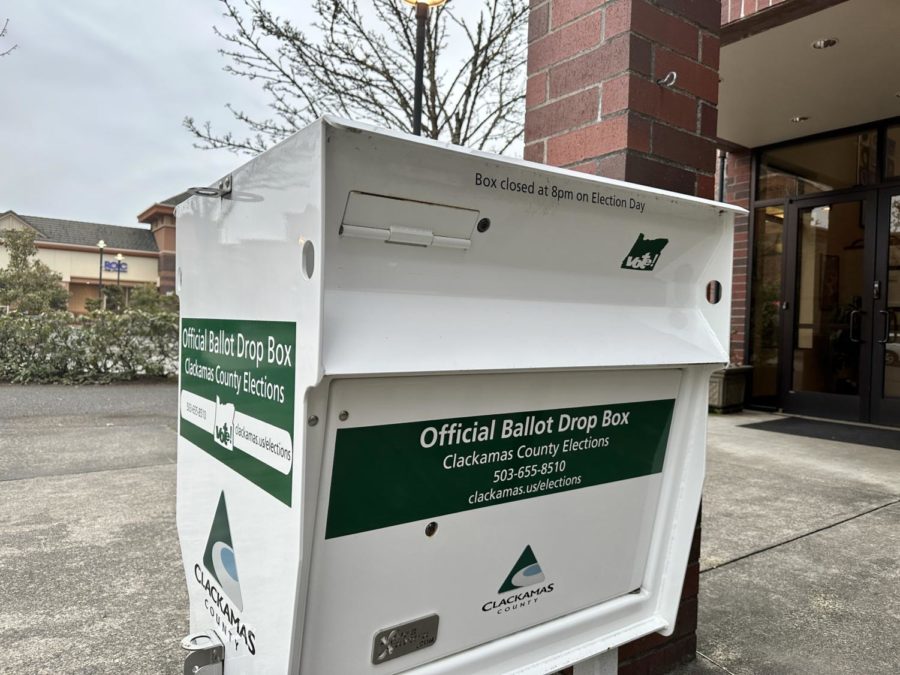



![Game, set, and match. Corbin Atchley, sophomore, high fives Sanam Sidhu, freshman, after a rally with other club members. “I just joined [the club],” Sidhu said. “[I heard about it] on Instagram, they always post about it, I’ve been wanting to come. My parents used to play [net sports] too and they taught us, and then I learned from my brother.”](https://wlhsnow.com/wp-content/uploads/2024/03/MG_7715-2-1200x800.jpg)
![At the bottom of the third inning, the Lions are still scoreless. Rowe stands at home plate, preparing to bat, while Vandenbrink stands off to the side as the next batter up. Despite having the bases loaded, the team was unable to score any runs. “It’s just the beginning of the season. We’re just going to be playing out best by June, [and] that’s where champions are,” Rowe said.](https://wlhsnow.com/wp-content/uploads/2024/03/IMG_3077-1200x900.jpg)






![The teams prepare to start another play with just a few minutes left in the first half. The Lions were in the lead at halftime with a score of 27-0. At half time, the team went back to the locker rooms. “[We ate] orange slices,” Malos said. “[Then] our team came out and got the win.”](https://wlhsnow.com/wp-content/uploads/2023/10/IMG_2385-1200x800.jpg)





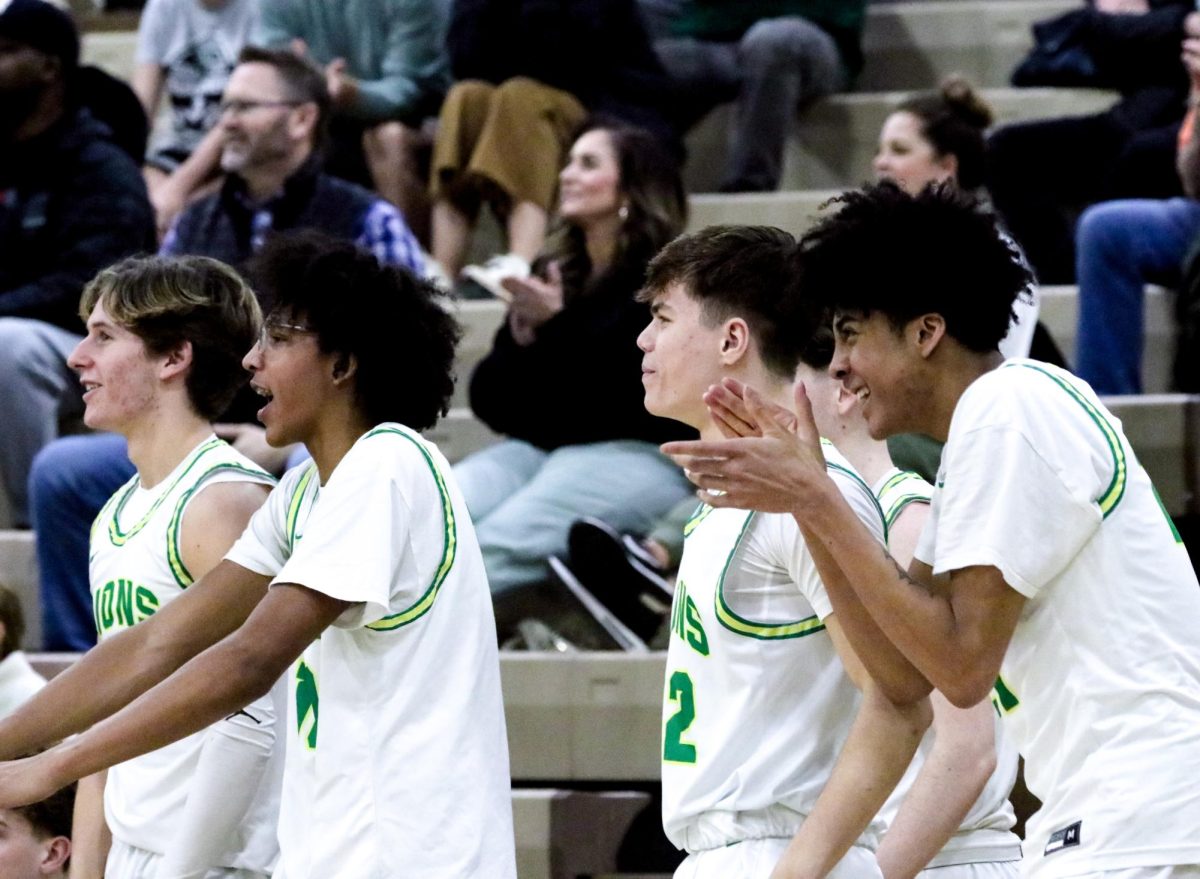

































































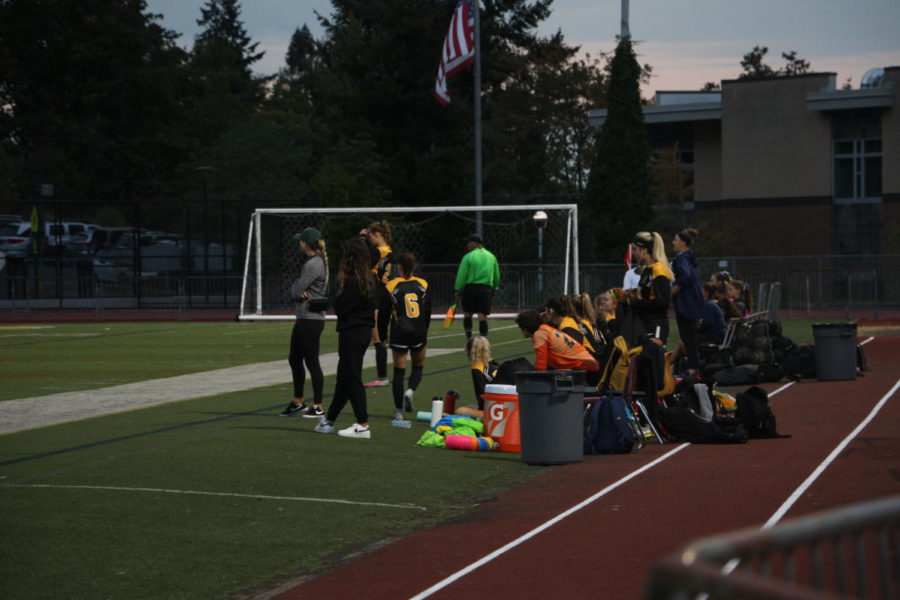







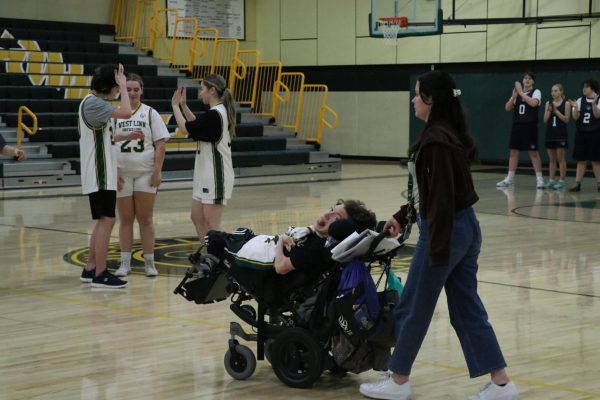
![Game, set, and match. Corbin Atchley, sophomore, high fives Sanam Sidhu, freshman, after a rally with other club members. “I just joined [the club],” Sidhu said. “[I heard about it] on Instagram, they always post about it, I’ve been wanting to come. My parents used to play [net sports] too and they taught us, and then I learned from my brother.”](https://wlhsnow.com/wp-content/uploads/2024/03/MG_7715-2-600x400.jpg)
![At the bottom of the third inning, the Lions are still scoreless. Rowe stands at home plate, preparing to bat, while Vandenbrink stands off to the side as the next batter up. Despite having the bases loaded, the team was unable to score any runs. “It’s just the beginning of the season. We’re just going to be playing out best by June, [and] that’s where champions are,” Rowe said.](https://wlhsnow.com/wp-content/uploads/2024/03/IMG_3077-600x450.jpg)


